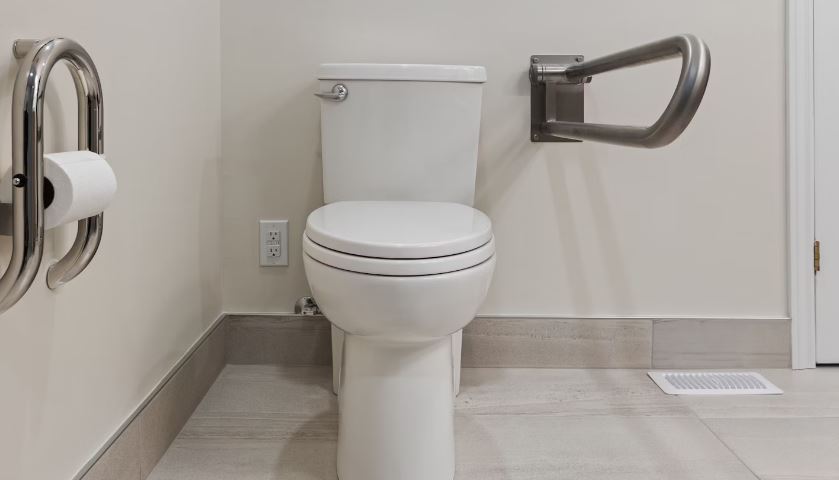
Oh man, that constantly leaking toilet is driving you nuts, isn’t it?
You already replaced the flapper, but your toilet is still running! What gives?
Well don’t pull your hair out just yet. A leaky loo after you’ve swapped the flapper is annoying, but there are a few easy things to try to fix it.
In this post, I’ll explain why your toilet flapper is leaking after replacement.
The flapper (also called the flush valve seal) is that little rubber piece at the bottom of your toilet tank. When you flush, it lifts up to allow the water in the tank to empty into the bowl.
Also Check Out: Compact Pulse Smart Electric Toilet with Dual-Flush Technology
Then it’s supposed to settle back down and seal off the flush valve drain hole nice and tight.
That way, the tank can refill with water through the fill valve.
And the cycle repeats after the next flush.
When flappers get old and worn out, they can lose their ability to make that water-tight seal on the flush valve drain. So water just keeps trickling from the tank into the bowl, and you get that annoying sound of constant running water.
That’s why replacing the flapper is step number one when you have a leaky toilet.
But sometimes, a brand new flapper doesn’t fix the problem. Why not?
In order for the flapper to seal properly, it needs to make full contact with the flush valve seat.
This is the area at the very bottom of the tank where the flapper sits.

If the seat is damaged – pitted, corroded, or warped – the new flapper can’t make a good seal on that uneven surface.
The refill tube curves up from the valve to fill the tank after a flush.
If this tube runs too far down into the overflow pipe, it can siphon water out of the tank and cause leaks.
Also Read: Kohler Toilet Refill Tube Pops Out
Sometimes the whole flush valve assembly is just plain worn out.
No flapper will seal correctly on a faulty valve.
And if the gasket around the flush valve gets folded or warped, it can also affect the flapper’s ability to seal fully.
Too much slack in the flapper chain can make it get stuck under the flapper and break the seal.
Here’s what you should do if your toilet flapper leaking after replacement:
Get a flapper replacement kit that also includes a new sealing ring for the valve seat from the nearest hardware store.
Once you have it, follow these steps to install:
Also Read: Toilet Bowl Drains Completely When Flushed
That’s it.
Now let the tank fill completely, then flush the toilet to make sure it’s functioning properly.
You can make any final adjustments to the flapper chain length if needed.
To prevent siphoning, you need to carefully reposition the refill tube so it sits higher in the overflow pipe.
To adjust the refill tube:
That’s it. Now flush the toilet and check for leaks.
Remove any excess chain slack so it can’t get stuck under the flapper and break the seal.
Some leaks require more complex repairs by a pro.
If the whole flush valve is shot, the entire assembly may need replacement. That usually entails removing the tank – not a DIY job.




Leave a comment